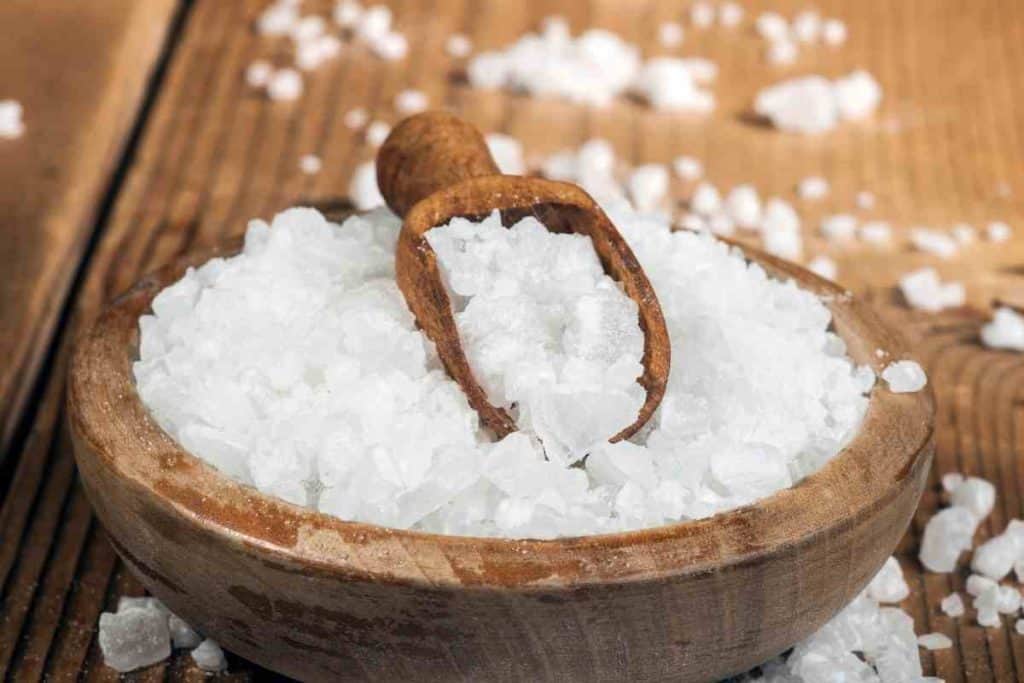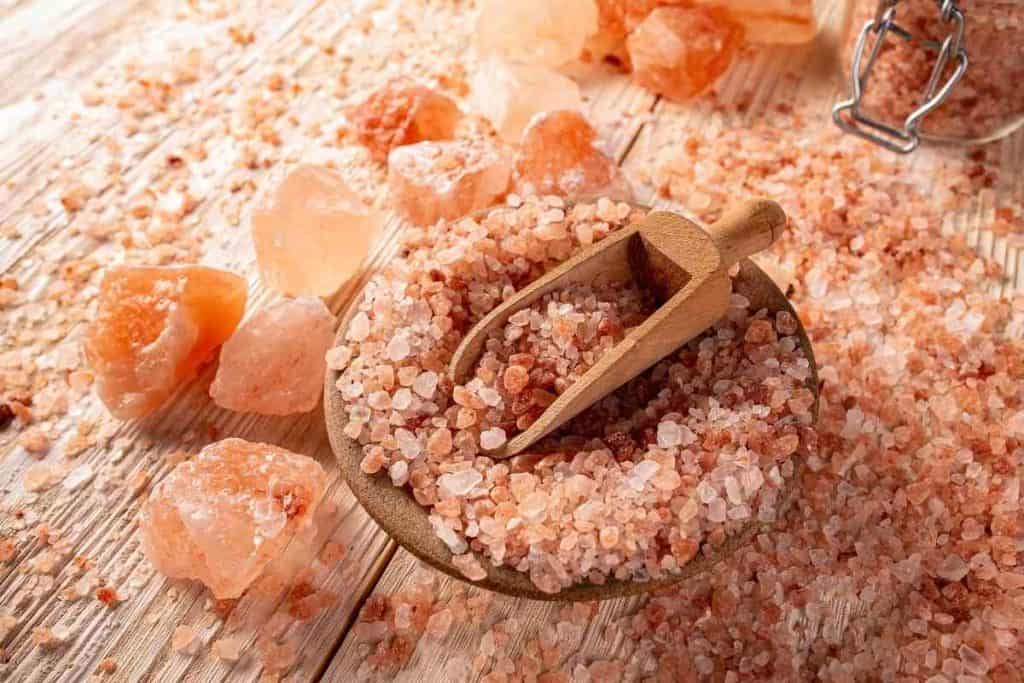This article may contain affiliate links and if you make a purchase after clicking on a link, we may earn a small commission at no additional cost to you.
Salt is a chemical compound composed of sodium chloride NaCl in 40% and 60%, respectively. As we all know, salt is an essential compound in human and animal health.
Since Sea salt and Himalayan salt are two different types of salt, their colours, textures, tastes and health benefits are most likely to differ. But what are the differences between sea salt vs Himalayan salt?
Sea salt contains minerals such as iron, zinc, and potassium. While Himalayan salt has some traces of minerals like zinc, iron manganese, potassium, and calcium, with lower sodium content when compared to sea salt, making it a lot healthier than sea salt.
Himalayan salt is also known as pink salt due to its pink color, which is as a result of the high amount of minerals present in it, making it the most supreme and more delicate salt that comes with many benefits.
Now, let’s learn more about the major differences between sea salt and Himalayan salt!
What Is Sea Salt?

Sea salt is gotten from the evaporation of seawater. It is very versatile as it can be used in seasoning foods, cosmetics, and serves as a preservative. Sea salt can also be called solar or bay salt, though it is often just called salt.
Certain people believe that sea salt has a better taste and texture than ordinary table salt, and its flavour might change due to its different dissolution rates.
Its nutritional value is less healthy than Himalayan salt but healthier than table salt, even though their mineral compositions are the same, sodium and chloride.
What Is Sea Salt Used For?
One practical use of sea salt is as a seasoner in dishes. Sea salt can also be sprinkled on seafood when they are being roasted, making it a great compliment to the dish.
Apart from these two, there are also great uses of sea salt health-wise. The consumption of a meal containing sea salt helps keep you hydrated after a long or sunny day.
It reduces fluid retention, aids in improving digestion, is excellent for skin cares, helps prevent muscle cramps, and nourishes the adrenal glands in the body.
What Is Himalayan Salt?

Himalayan salt is one of the oldest salts that are most times extracted through traditional means from the Himalayan mountains in Pakistan.
Due to its ancient history, Himalayan salt is very rich in minerals having more than 83 minerals in just one block of this salt.
Some minerals found in this salt include calcium, iron, sodium, zinc and magnesium and all of these are beneficial to health.
Himalayan Salt Uses
Pink salt is not only good for skin scrubs and seasoning, and this salt has a lot of health benefits that come with it.
Himalayan salt is said to improve the respiratory organs, which instantly cures any respiratory diseases; it helps balance the ph. of the body and reduces the signs of ageing, thereby making the skin glow and look younger.
The use of body and face scrubs containing this salt improves the quality of your sleep, regulates the blood sugar content of the body, and increases libido, which is the sex drive in males or females.
Sea Salt Vs Himalayan Salt: Key Differences
Location Of Extraction
The significant difference between sea salt and Himalayan salt is the locations where they are extracted from.
While Himalayan pink salt is extracted from the salt mines close to the Himalayan mountains in Himalaya, while sea salt is extracted only from evaporated seawater.
Color
Sea salt is usually as white as milk, while the colors of Himalayan salt ranges from orange to pink. The colour of Himalayan salt is mainly due to the high amount of minerals present in it and nothing more.
Texture
Himalayan salts are usually extracted in big blocks and processed into smaller blocks or acceptable salt, while you can find sea salt in coarse or fine forms.
Varying Health Benefits
Himalayan salts are widely known for their bone-strengthening capacities and their ability to improve the thyroid gland and vascular systems.
In contrast, sea salts help in reducing inflammation, asthma and diabetes.
Price
While Himalayan salt is costly most times due to the mineral contents, sea salt is cheaper and very available.
Purity
Himalayan salt is considered very pure and rich in mineral composition, while sea salt mostly comes with many impurities and harmful substances; therefore, it requires a lot of processing.
Frequently Asked Questions
Can You Substitute Himalayan Salt for Sea Salt?
Other than the trace minerals that both contain that give them their distinct colour, there is no difference between these two salts in terms of taste, and they, therefore, you can use them interchangeably in a ratio of 1:1.
Why Is Himalayan Salt Better Than Sea Salt?
Himalayan salt is better than sea salt due to its numerous minerals.
A study was carried out to determine the chemical composition of sea salt, Himalayan salt and table salt.
Food scientists say that the Himalayan salt has more calcium, potassium, magnesium, and iron than other salts.
What Is the Best Salt to Cook With?
Most salts are perfect for cooking purposes, but the twelve common salts used for cooking include sea salt, rock salt, table salt, kosher salt, coarse salt and Himalayan salt.
What Are the Side Effects of Himalayan Salts?
Himalayan salt does not have a side effect, but excessive intake of Himalayan salts include dehydration imbalance in blood sugar level.
Hormonal imbalance, elevated diabetes failure, and elevated blood pressures.
Can I Use Himalayan Salt in My Water?
One of the best ways to take your Himalayan salt is making sole water.
Constant intake of this water can help maintain the balance of the ph. Levels in the body and flushes out toxins in the body, which improves your energy and keeps you hydrated.
Conclusion
We all know that salt has a significant role in our everyday lives, and both sea and Himalayan salts are popular varieties of salt.
Sea salt is considered worldwide for its culinary and therapeutical, while Himalayan salt is good for skincare and healthcare.
Both Sea salt vs Himalayan salt have a lot of health benefits, even though Himalayan is considered the purest and most beneficial salt both for cooking and your health.
Suggested Readings: